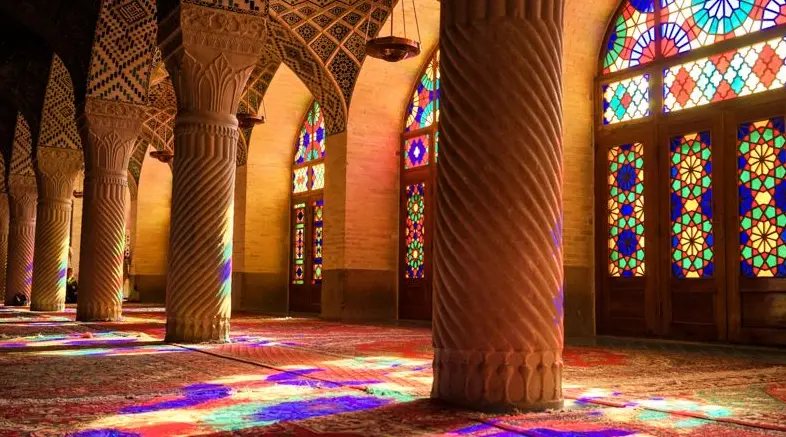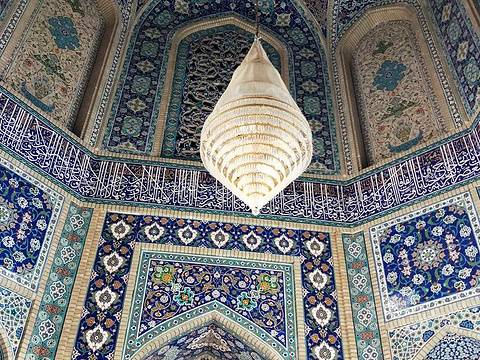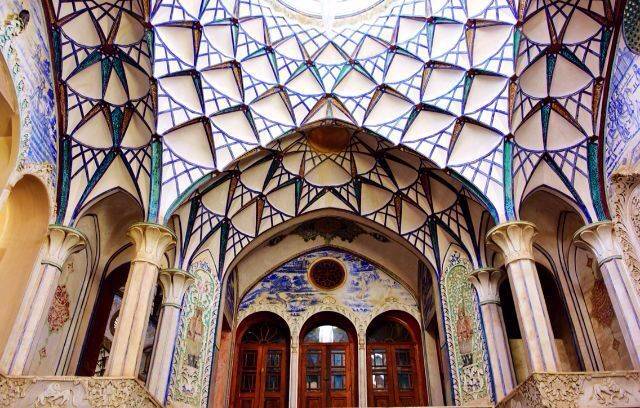Shah Cheragh
Located in Shiraz, it is the tomb of Ahmad and Muhammad, the two sons of the 7th Shia Imam, Musa al-Kadhim.
Tomb of Emir Ali
Located in Shiraz, also known as the Shrine Mosque. Similar to the Tomb of Shah Cheragh, this place is covered with green mirrors, hence it is also called the Green Mirror Mosque.
House of Borujerdi
The House of Borujerdi is located in Kashan. It was built by the wealthy carpet merchant Seyyed Jafar Natanzi Borujerdi during the Qajar dynasty, starting in 1859 and completed in 1876. It is worth mentioning that Persian carpets are also one of the important cultural symbols of the Persian people.
Seyed Mosque
Isfahan was an ancient hub for trade between the East and the West. It boasts various Islamic-style buildings from the 11th to the 19th centuries. As a key station on the southern route of the Silk Road, it was a focal point for commerce between the East and the West. Merchants from all directions gathered here, and a wide variety of goods were available. Isfahan was once one of the wealthiest cities in the world, earning it the nickname 'Half of the World'.
Masjed-e Jameh of Isfahan
Located in the historical center of Isfahan, 1 kilometer northeast of Imam Square, adjacent to the Grand Bazaar of Isfahan on its southwest side, also known as the 'Friday Mosque' or 'Jameh Mosque'. The mosque includes four religious buildings from different eras, adorned with magnificent mosaic decorations. The earliest building in the mosque was constructed in 771. The Masjed-e Jameh of Isfahan is the oldest of its kind in Iran and served as the prototype for mosque designs throughout Central Asia. It was listed as a World Cultural Heritage site in 2012.
Sheikh Lotfollah Mosque
Also translated as the Sheikh Lotfollah Mosque, located in Naqsh-e Jahan Square in Isfahan. It was built by Shah Abbas I in honor of the great Muslim Shia scholar and the father of the queen, the famous Lebanese scholar Sheikh Lotfollah. Its gorgeous exterior, decorated with sky blue, deep red, and light lemon yellow tiles, combined with the well-organized geometric design, gives a very harmonious aesthetic.















